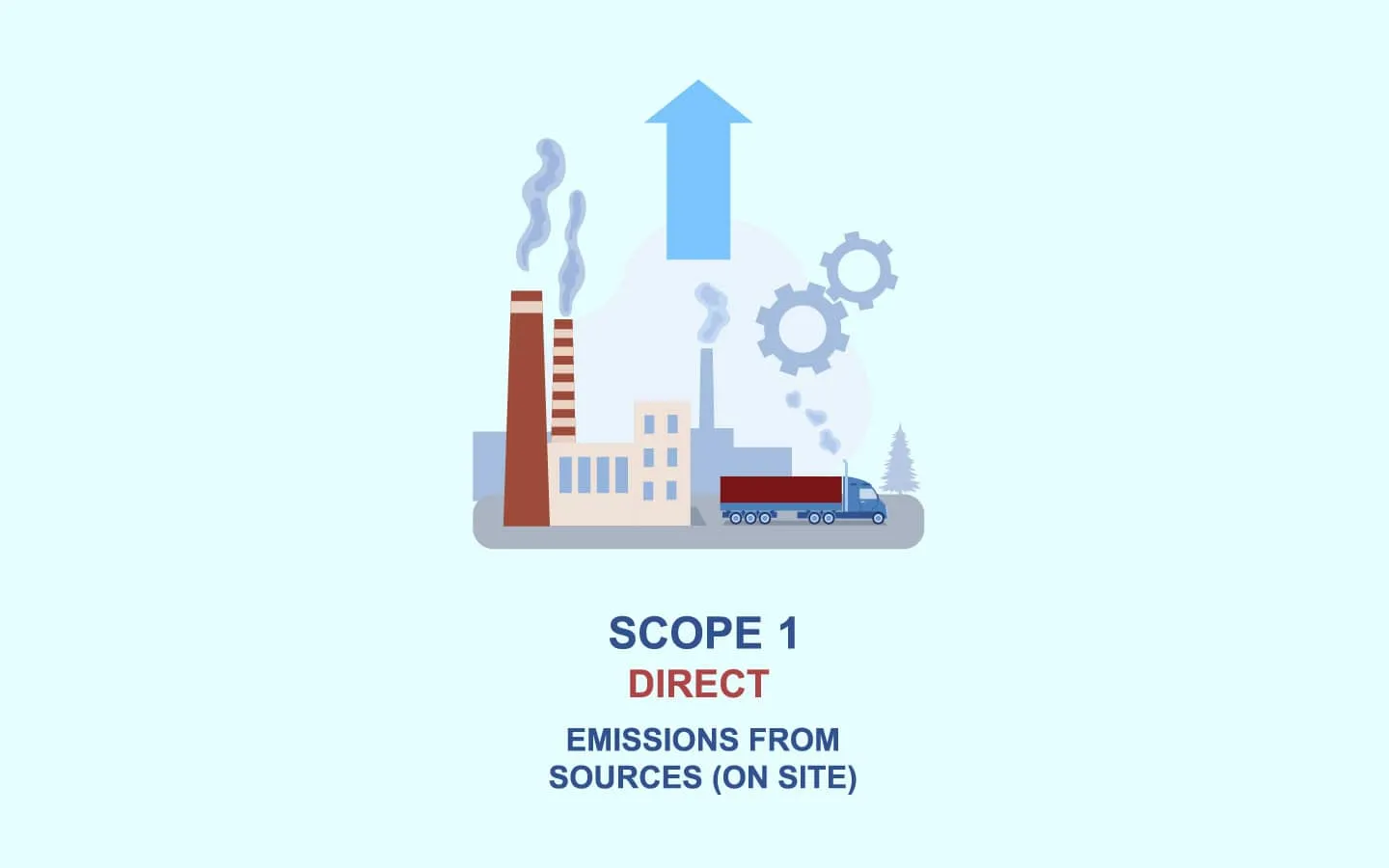Address
Office 101 Calton Centre
Kingsway Road,
Maseru, Lesotho
Work Hours
Monday to Friday: 9AM - 5PM
Weekend: 9AM - 1PM
Address
Office 101 Calton Centre
Kingsway Road,
Maseru, Lesotho
Work Hours
Monday to Friday: 9AM - 5PM
Weekend: 9AM - 1PM

As organizations continue to prioritize sustainability and reduce their environmental impact, understanding and managing Scope 1 emissions is crucial. In this newsletter, we’ll delve into the world of Scope 1 emissions, exploring what they are, how to calculate them, and strategies for reduction.
What are Scope 1 Emissions
Scope 1 emissions refer to direct greenhouse gas (GHG) emissions from sources owned or controlled by an organization. These emissions are typically generated by the organization’s operations, such as fuel combustion, industrial processes, and waste management.
Sources of Scope 1 Emissions
Calculating Scope 1 Emissions
To calculate Scope 1 emissions, organizations typically follow these steps:
Reporting and Disclosure
Organizations typically report their Scope 1 emissions in their annual sustainability reports, corporate social responsibility (CSR) reports, or through reporting frameworks like the Global Reporting Initiative (GRI) or the Carbon Disclosure Project (CDP).
Reducing Scope 1 Emissions
To reduce Scope 1 emissions, organizations can implement various strategies, such as:
Understanding and managing Scope 1 emissions is crucial for organizations seeking to reduce their environmental impact. By calculating and reporting Scope 1 emissions, organizations can identify opportunities for reduction and take steps to mitigate their emissions.
Call to Action:
We encourage you to take the first step in managing your Scope 1 emissions. Assess your organization’s emissions sources, and identify opportunities for reduction. Share your sustainability journey with us, and we’ll feature your success story in a future edition of our newsletter.